NOTE: This article previously appeared in issue no. 58 of tail Fly Fishing Magazine
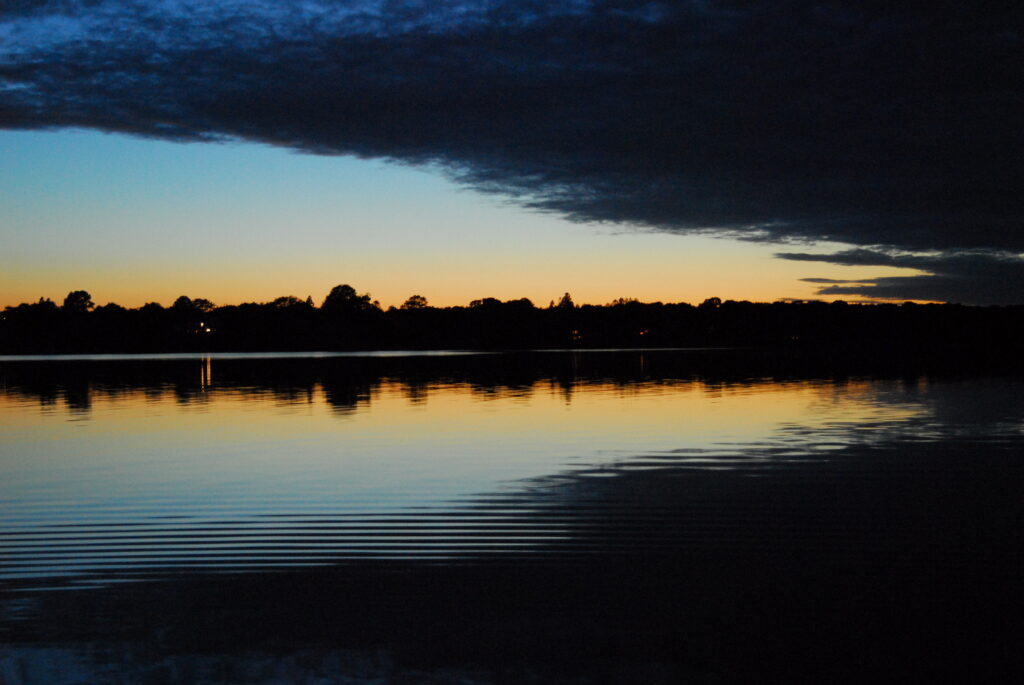
In contrast to most opportunities saltwater anglers anticipate each season, cinder worm events remain somewhat cloaked in mystery. Worm “hatches” draw attention from fly rodders from all walks of the sport, but they’re particularly appealing to freshwater anglers because of the similarity to dry fly hatches adored by trout fishers and for many of these folks, cinder worm events are the only saltwater fishing they pursue all season. But they interest salty fly rodders, as well . . . lots of them. Sub-thirty-inch “school fish” can become maddeningly difficult in the midst of a worm hatch, challenging even the veterans. Despite there being no guarantee the event will even unfold as anticipated on any given day, worm hatches consistently draw daily gatherings of like-minded anglers simply for the comradery of fishing with on-the-water friends.
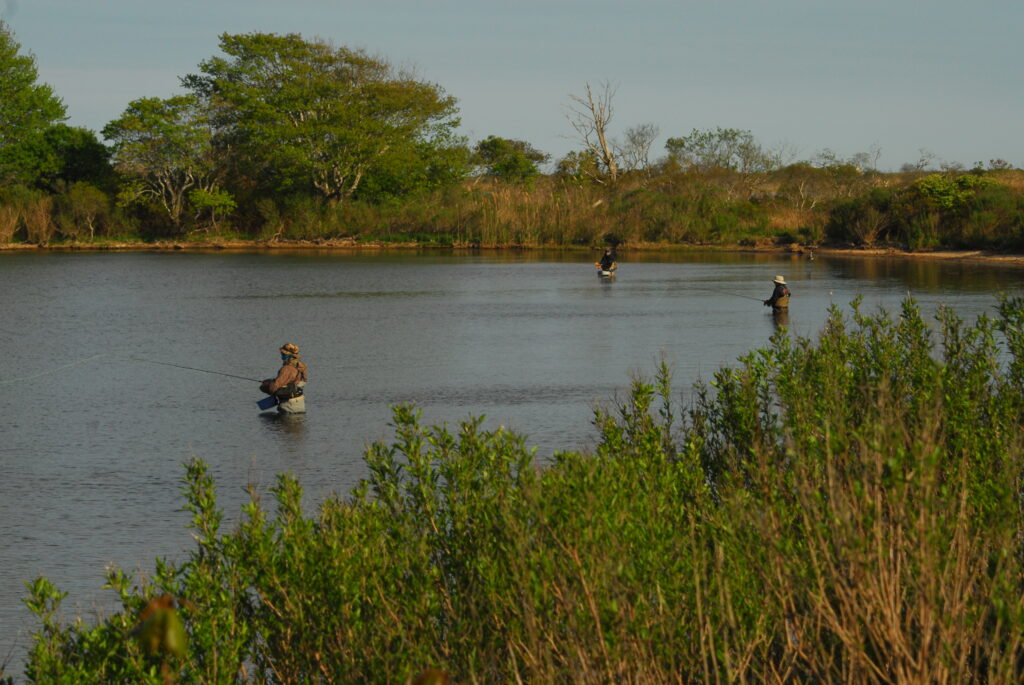
I believe the flat-out unpredictability of the worm event is the magnet that fuels its annual cult-like pursuit . . . like a gambler’s addiction. Similar to dry fly fishing, these are entirely visual events. The riveting nature of technical fly casting to surface-feeding game fish cannot be overstated. Northeast worm events attract attention from many game species, including striped bass, bluefish and hickory shad and they represent a premium angling opportunity for all fly fishers.
Cinder Worm Spawning Dynamics
Despite the often-unpredictable nature of these events, there are environmental and meteorological factors that clearly influence cinder worm spawning. And let’s clarify a common misunderstanding up front – the cinder worm event is a spawn, not a hatch – the label “worm hatch” is a misnomer likely derived from the event’s similarity to insect hatches common in fresh water. From an angling perspective, the overall quality of the event depends on two elements – the timing and intensity of the spawn is one factor. The arrival and number of migratory game fish in the mix is just as important. Some years, the worms conduct their mating ritual entirely ahead of migratory stripers’ arrival, with little interference from them.
Cinder worms are not commercially important so there’s little scientific information available on their life cycle and habits (a 2022 Wikipedia search produced nothing). But here’s what we do know based on years of anecdotal observation. Like all living creatures, they have preferred habitats and environmental conditions in order to flourish. In general, they prefer clean, relatively shallow (10 feet or less), protected coastal waters, such as quiescent harbors, bays, salt ponds, estuaries, and along the flanks of slow-moving coastal rivers. They appear to prefer full ocean salinity, rather than brackish environments, and they like soft, fertile sediments, such as mud and silt, opposed to coarse, granular strata, like sands and gravels. Similar to freshwater insect hatches associated with portions of distinct rivers, certain inshore locations sport renowned cinder worm populations. Fly anglers know them well . . . Rhode Island’s salt ponds, the coastal rivers and bays along the Connecticut shoreline, the many salt ponds and creeks associated with Massachusetts’ Cape Cod and Islands, within many of Long Island’s bays and estuaries, and some of Maine’s coastal rivers and bays.
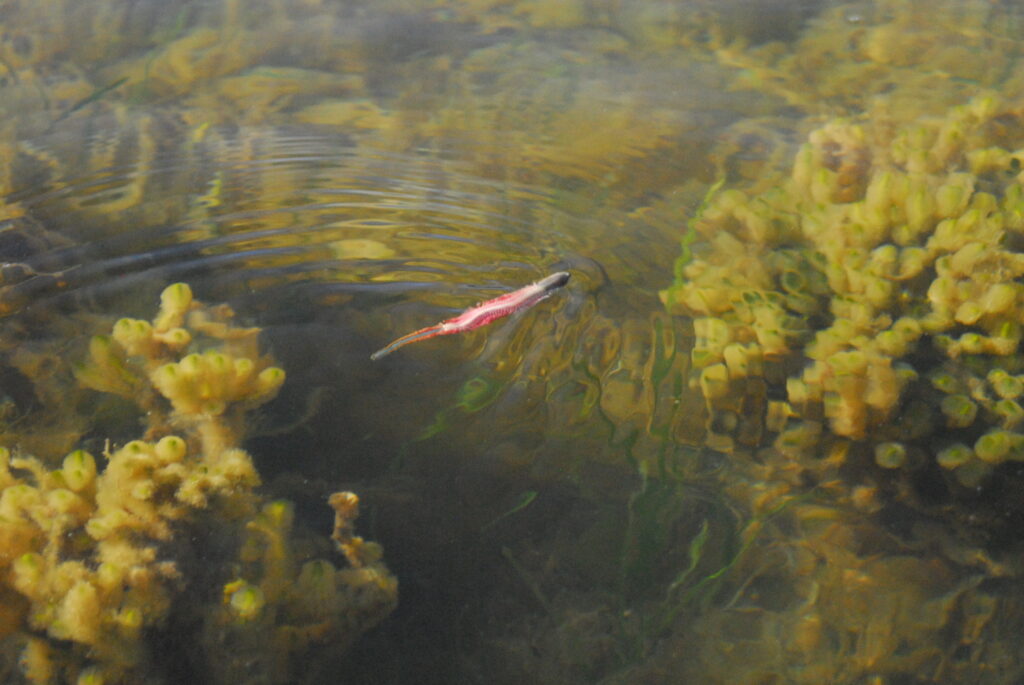
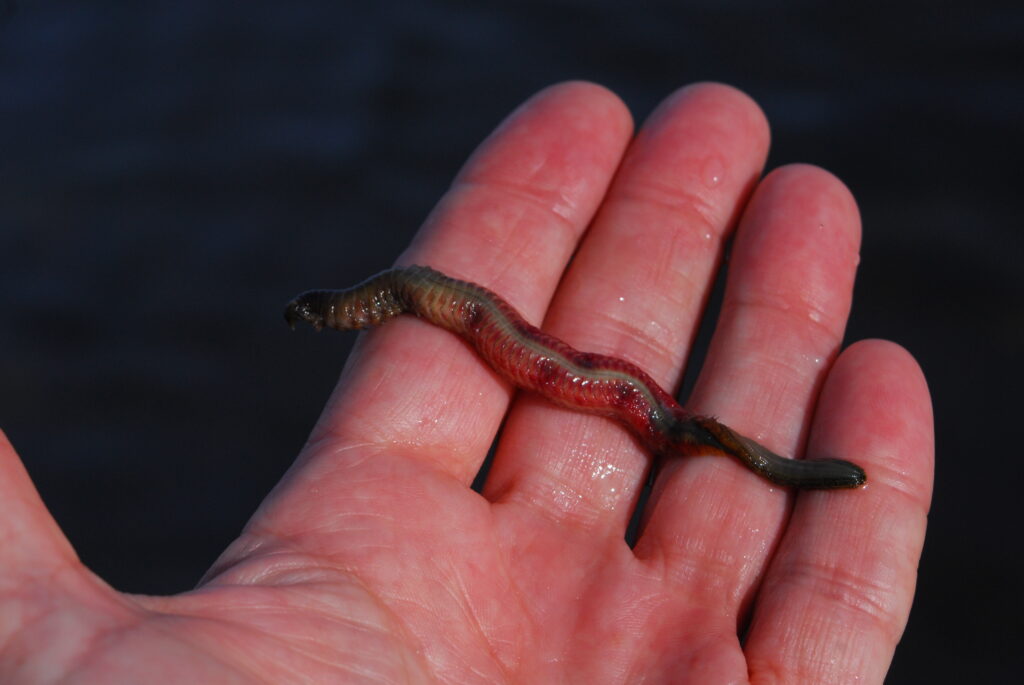
So, what ignites the spawn? What factors make these events happen, or not? As with all cold-blooded marine life, it’s principally water temperature. Conditions for worm procreation are more delicate than with warm blooded animals that can regulate their body temperatures. I believe with sedimentary creatures, such as worms, favorable spawning conditions become even more complex – the bottom strata within which the worms reside must also attain a suitable temperature.
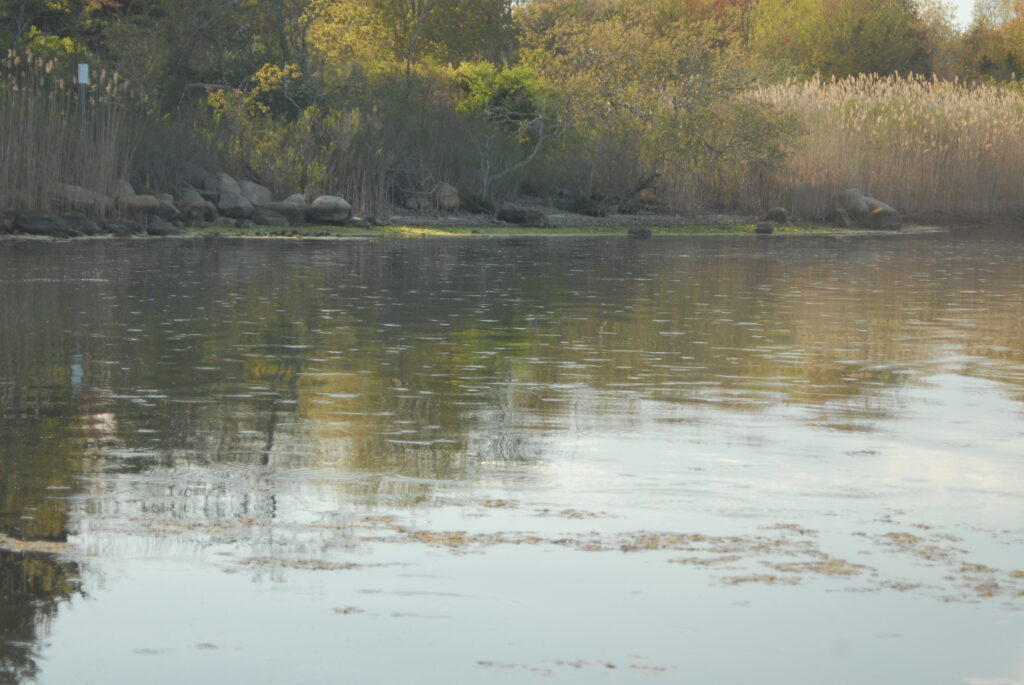
What influences temperatures within the cinder worm’s habitat? Is it the moon? The Sun? Is it ambient water and tidal flow? To some extent, it’s all of these. There’s a widely held notion that worm spawning is governed by moon phase – the full moon, in particular. The full and new moon phases are associated with larger tides that result in greater tidal flow and exaggerated water levels (higher highs and lower lows), both influencing sediment temperatures and that of the water column overhead. For example, extra-low tides enhance sediment warming, especially when occurring on sunny days. Conversely, increased water levels and tide flow may retard sediment warming and that of the water overhead, especially during cool, overcast periods. Water column and sediment temperatures are, however, overwhelmingly governed by solar radiation and daily weather.
Based on years of observation, the magic conditions that ignite and sustain worm spawning appear to be when sediments and waters approach 60 degrees F. Worms begin to appear with sediment temperatures in the upper 50’s with associated surface waters a couple of degrees warmer. With springtime solar radiation increasing daily, water temperatures accelerate across the 60-degree mark during the event, generally ending up in the low-60’s by the end of the spawn.
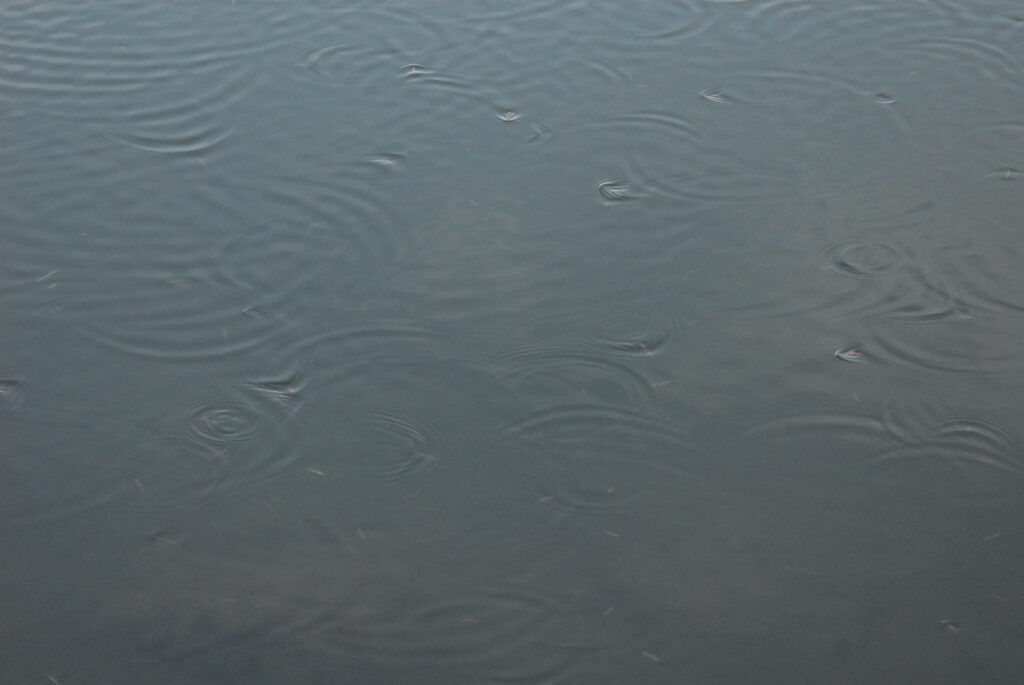
Despite these observations, the belief in full moon magic persists. Consider that annual cinder worm spawning can occur over as little as one week, or it may stretch as long as three weeks (start to finish) depending on prevailing weather – even with a one-week-long event, there’s a 25% chance the full moon will occur sometime during the spawn. The longer the event persists, the more likely it will coincide with the full moon at some point. It’s wild when it does overlap with the peak of the worm’s ritual – a rising evening moon illuminating a surreal swarm of frenzied worms dimpling the surface adds immensely to the already eerie experience. I have had stellar worm fishing through the new moon, the full moon and during both quarter moon phases.
After the event has seasonally commenced, there’s no guarantee of daily consistency. Day-to-day weather plays a huge role in the event’s intensity and progression. Anything that disrupts gradual warming into the low 60’s will slow or even shutdown the spawn. Cold-fronts, heavy rains and cool weather out of the east has the potential to derail the event for a day or two. Ideal spawning conditions do not unfold concurrently throughout a given worm location with uniformity. It’s important to understand that the action moves about an estuary or salt pond throughout the event – materializing in certain areas as suitable conditions prevail, then subsiding and commencing elsewhere in the pond or bay, as prime spawning conditions are attained in those areas.
Worm spawning has a beginning, middle, and an end – both daily and throughout the seasonal event. It generally starts out slowly with a few worms surfacing here and there and intensifies (like a snow storm) to a crescendo, and then gradually subsides to a conclusion. At the start of the seasonal event, the first few days often have weak worm showings. The same is true from the daily perspective – the early stages are generally sparse with worm activity building in intensity before declining to a trickle. At its peak, the number of worms per square foot of water surface can be staggering. This “worm density” heavily impacts the quality of fishing and your angling strategy, as discussed later in this story.
While most locations present worm spawns commencing in the evening with action continuing well into darkness, other areas offer late afternoon activity that runs till the sun goes down before dwindling to a stop . . . another example of the mystery associated with these nebulous events. Local knowledge is invaluable when fishing unfamiliar waters – tribal insight is readily available through online resources and area tackle shops.
Unique Event – Unique Approach
As is often the case with small prey, their sheer numbers and density can render a “match-the-hatch” approach ineffective. We see this during intense fresh water hatches and elsewhere in salt water when vast schools of small bait, such as anchovies or juvenile menhaden, are corralled and blitzed by game fish. The essential problem with all of these situations is the same – getting your fly noticed among throngs of naturals. For worm swarms, I recommend simple strategies to overcome this problem.
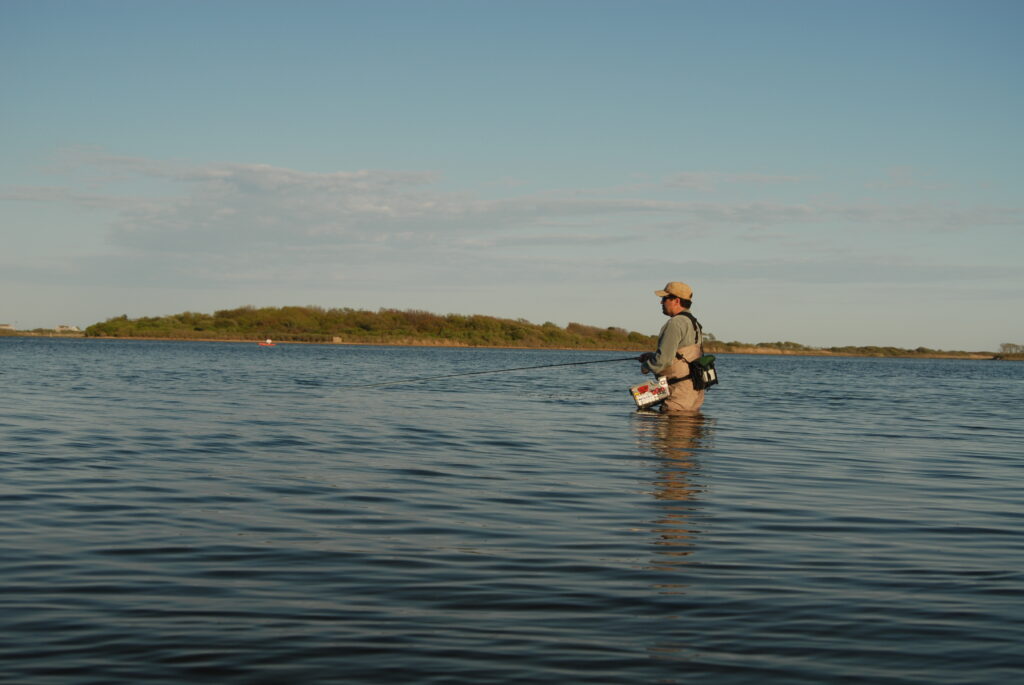
First, success in worm events hinges on “relative numbers”, rather than pure quantity of prey in the mix. For example, if there were 1,000 worms available and one feeding striped bass that we were all trying to catch, no one would likely catch that fish simply because the odds are not in our favor. On the other hand, if there were 1,000 worms with 1,000 stripers feeding on them, we would all likely do quite well. These examples are exaggerated, but they illuminate my point. Many anglers do well early and late in worm events, both daily and seasonally, when worm numbers are low and their ratio to game fish numbers is also relatively low – the deck becomes stacked in the angler’s favor. Remember, the event begins and ends like a snow storm, so at the onset and conclusion when there are hungry fish and relatively few worms to go around, your fly is much more likely to be taken.
Stripers have extremely good vision and when pursuing easy-to-capture prey, such as worms, they can take their time and be extra careful and selective. During the latter portions of afternoon hatches and throughout evening, however, the fish often take flies more readily and appear to be less leader shy. I believe this is simply because they don’t see hooks and leaders as clearly in low-light conditions, making these periods generally more productive.
Angling Tactics
Worm events can be challenging, but with common sense tactics tailored to this event – and attention to detail – you will succeed. Most importantly, you should know that no one kills it every time in worm events. Everyone has their share of good days and bad days with plenty of average outings in between.
First, let’s discuss tackle: seven- and eight-weight rods are ideal for the small flies and light winds commonly encountered during these events. And they’re a lot of fun when playing the 20- to 30-inch stripers typically encountered. There may be larger bass in the mix, but there are far fewer of them and they’re statistically hooked much less often. Floating lines are standard along with light 8- to 12-pound-test monofilament leaders – both support presenting tiny, lightweight flies to fish sipping naturals within the surface film. Light leaders enable more lifelike fly movement with delicate worm patterns. Fluorocarbon is an option, but I believe it’s unnecessary during low-light conditions and it sinks, while mono floats. I often fish a two-fly rig (fishing two flies on a leader) as it’s a simple way to increase your flies’ “presence” in the worm swarm, effectively stacking the deck further in your favor.
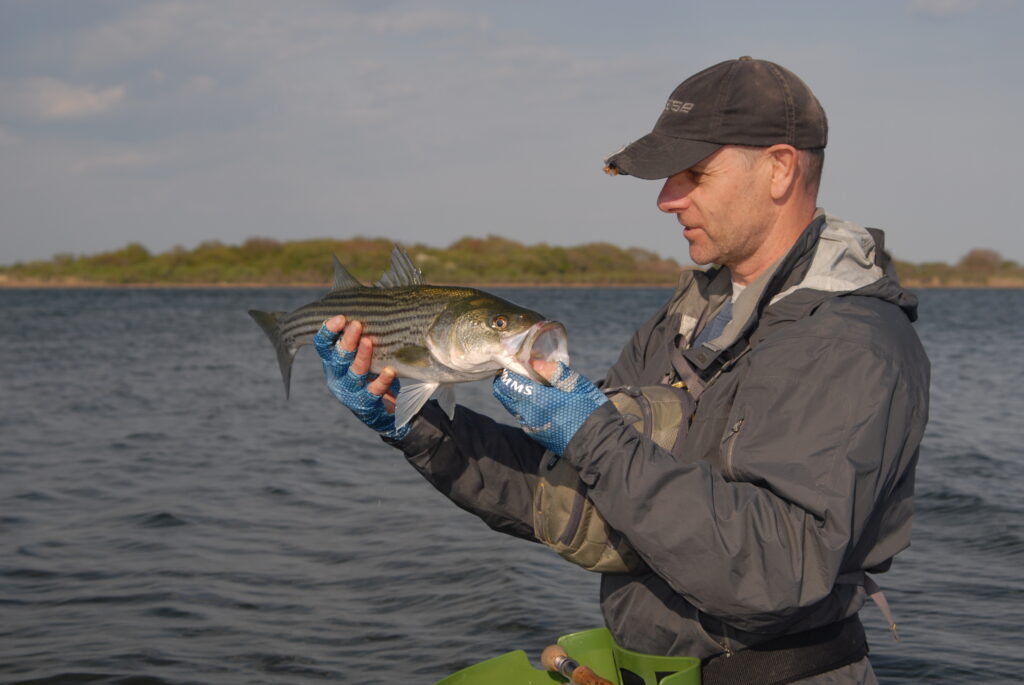
The feeding is not random. By playing close attention to the surface boils, anglers can determine where small schools (or packs) of stripers are slurping worms and the direction they’re moving. This enables you to position yourself within presentation range of where the fish have been surfacing, as well as anticipate where to present your fly when they reveal themselves within your range. Gauging the path of the fish and leading them with your cast is usually more successful than randomly tossing at surface boils that have already occurred – you want to enable the fish to spot your fly ahead of them and swim to it naturally. With all the worms in the water, getting takes remains a percentages game, regardless the fly you’re fishing. Persistently presenting your fly ahead of roving packs of fish (or within large clusters of feeders) effectively stacks the odds in your favor . . . eventually one will mistake your fly for the real thing and take it.

When a fish does take your fly, resist giving a hard strip set. Remember, worms are easy prey to capture and the bass are barely sipping them. Instead, a slow draw coupled with a modest rod lift – a “trout set” – will seal the deal instead of yanking your fly away from a casually feeding striper.
Flies for Fishing Worm Spawning Events
Many cinder worm flies have been developed. Every worm aficionado, it seems, has a unique pattern or two to their credit. It would be impossible to present them all in a single article. Instead, by describing what I believe are key pattern attributes, anglers can develop (or purchase) flies to establish their own favorites that they’ll fish with confidence.

I cannot overstate how fickle striped bass can become regarding which flies they’ll take (or not) on a given day. In general, flies that roughly match the length of the prevailing worms are a great starting point. During an evening’s fishing, worms may be range from an inch to over three inches. I generally shoot for the middle – say two- to three-inches-long. Light, delicate patterns ride high in the water and often perform well. If they have inherent worm-like movement, that’s even better. Keep in mind just how fragile the naturals are – scoop one off the surface with your hand and you’ll see (cinder worms cannot nip you, as other worm species can). As for color, most proven patterns are in the pink – red – orange color band, however, rust, brown, olive and even white will take fish. I sense that the silhouette of the pattern against the water’s surface in the evening, and its movement, are most important to fooling the fish. Dark (usually black) highlights are common at the tips of cinder worms and their imitations, but not all worms display these attributes and I’m uncertain how vital they are to a pattern’s success. Closed cell foam (popular with contemporary fresh water dry flies, and used with Jack Gartside’s Gurgler) can be highly effective in the composition of a worm imitation. Flies utilizing this material ride on the surface film creating an extremely enticing wake during the retrieve (credit this to venerable Rhode Island guide, Captain Bob Hines). Though cinder worms are not flashy, many reliable patterns do include delicate flash material . . . perhaps enhancing visibility that draws more attention. One worm pattern attribute I consider very important is small, light-wire hooks. Such hooks are sufficient to secure even a 10-pound striper and with a sporting touch, these bass may be effectively landed with the seven- and eight-weight tackle described earlier. What’s a small, light-wire hook? I prefer size 4 and even 6 Daiichi or Tiemco hooks, and I’ve taken plenty of fish on flies dressed on size 4 or 6 bronze freshwater streamer hooks (Daiichi 1750). These hooks are prone to rusting in saltwater environments and therefore have relatively short lives, but they enable delicate flies that ride high in the water and appear quite worm-like. I’ll sacrifice a fly’s durability for more hook-ups . . . anytime.
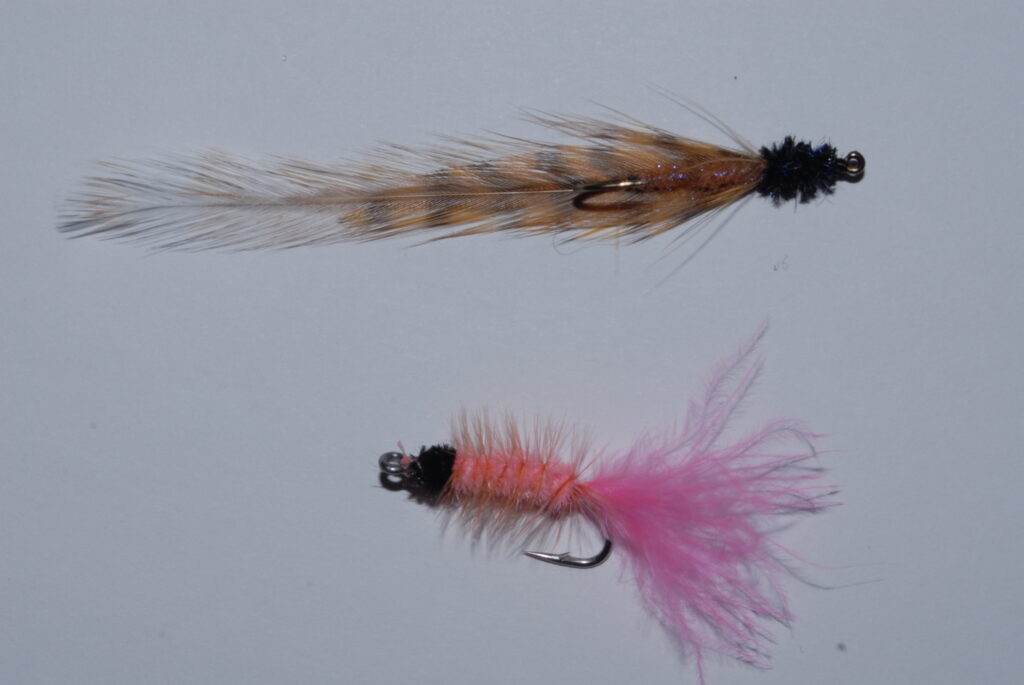
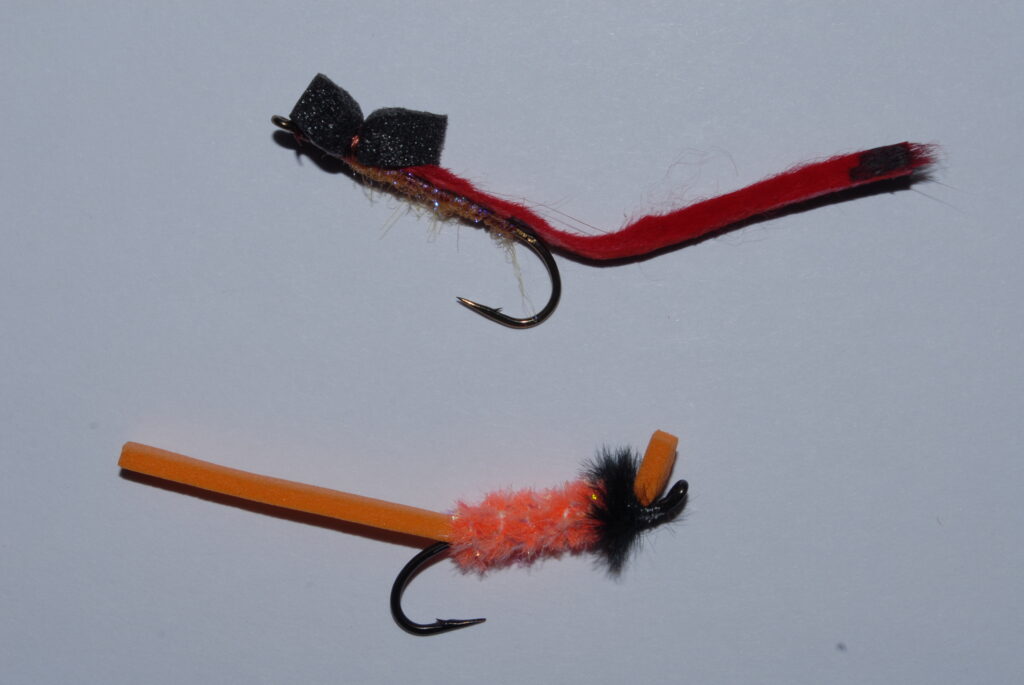
And then it’s Over . . . Till next year
When the spawn is over, that’s it for the season – it will not reoccur weeks or months down the road. Toward the end of the event, waters that were alive with bizarre worm perpetuation and impressive predation by one of America’s premier game fish gradually go silent . . . until the cycle repeats itself the following spring when those same waters again come alive with cinder worms and stripers, magnetically drawing a camaraderie of fly fishers, many of whom reunite but once a year for this special event.
Stay tuned for a new original cinder worm pattern – the Wispy Worm – to be posted soon in the Fly Patterns page of this website